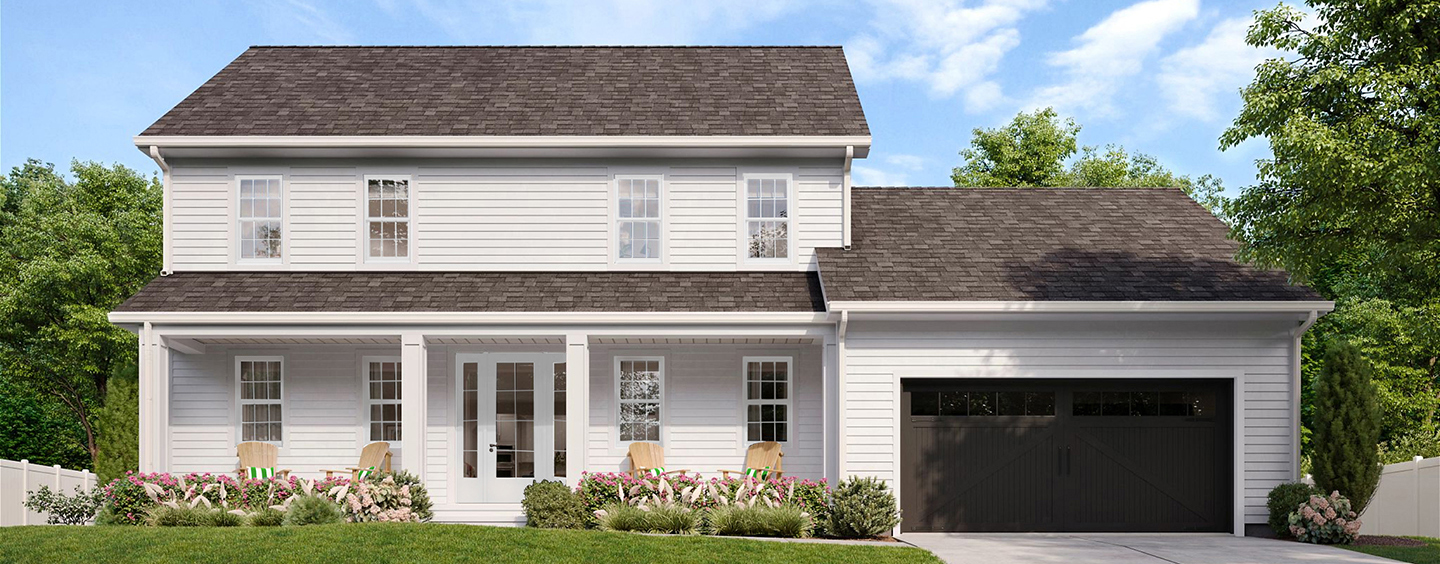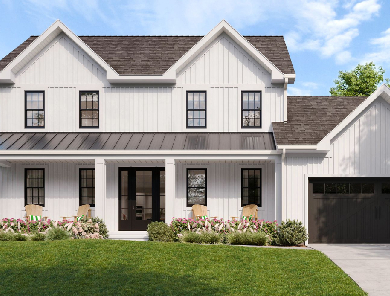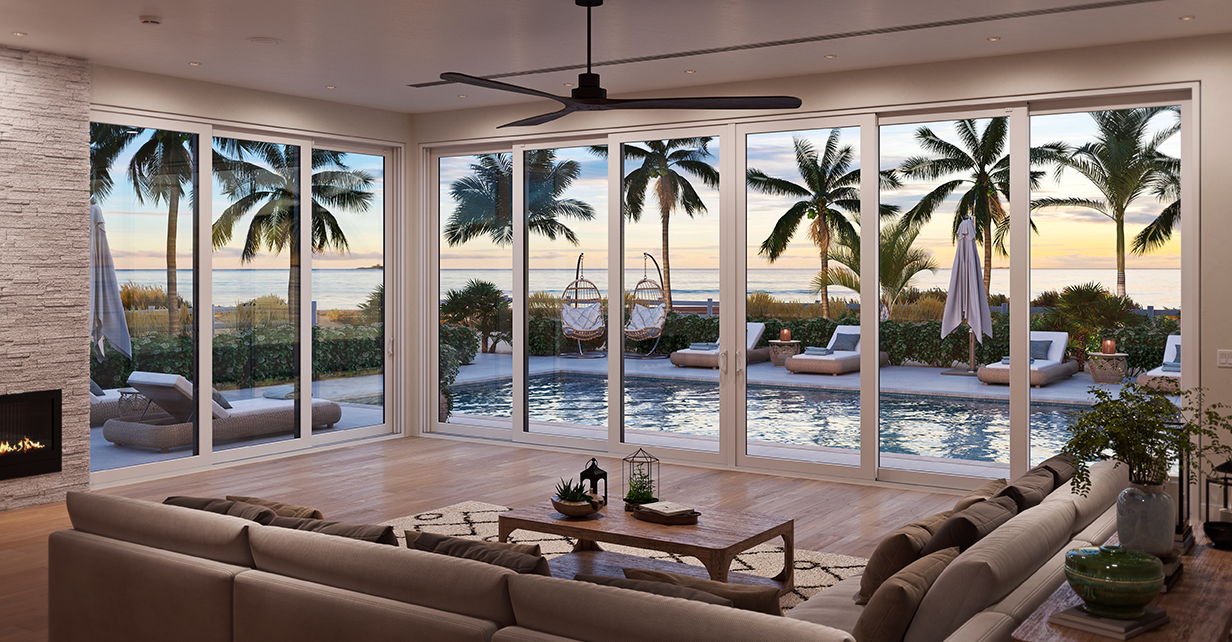BRAND PARTNER
Fixer to Fabulous Hosts Dave & Jenny Marrs
HGTV stars Dave and Jenny Marrs are passionate about the building and remodeling work they do and the transformations they make happen. That’s why when it comes to a home’s exterior, the choice is clear for this power couple— the Ply Gem Portfolio of Brands.
Learn More About the Marrs' Brand Ambassadorship




















